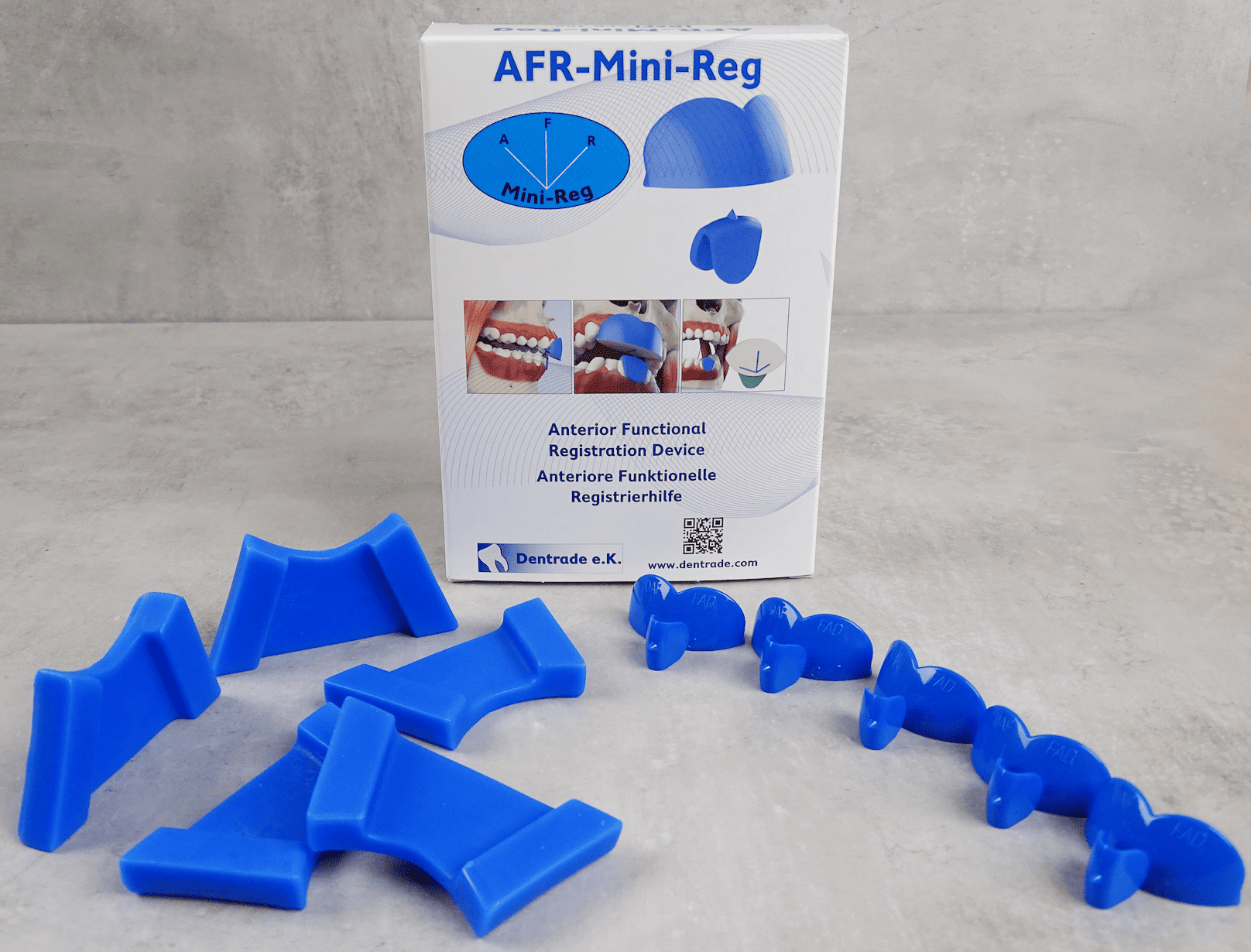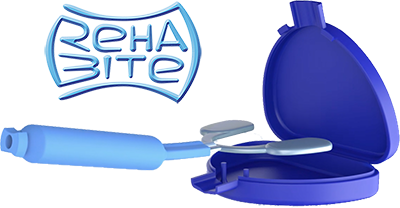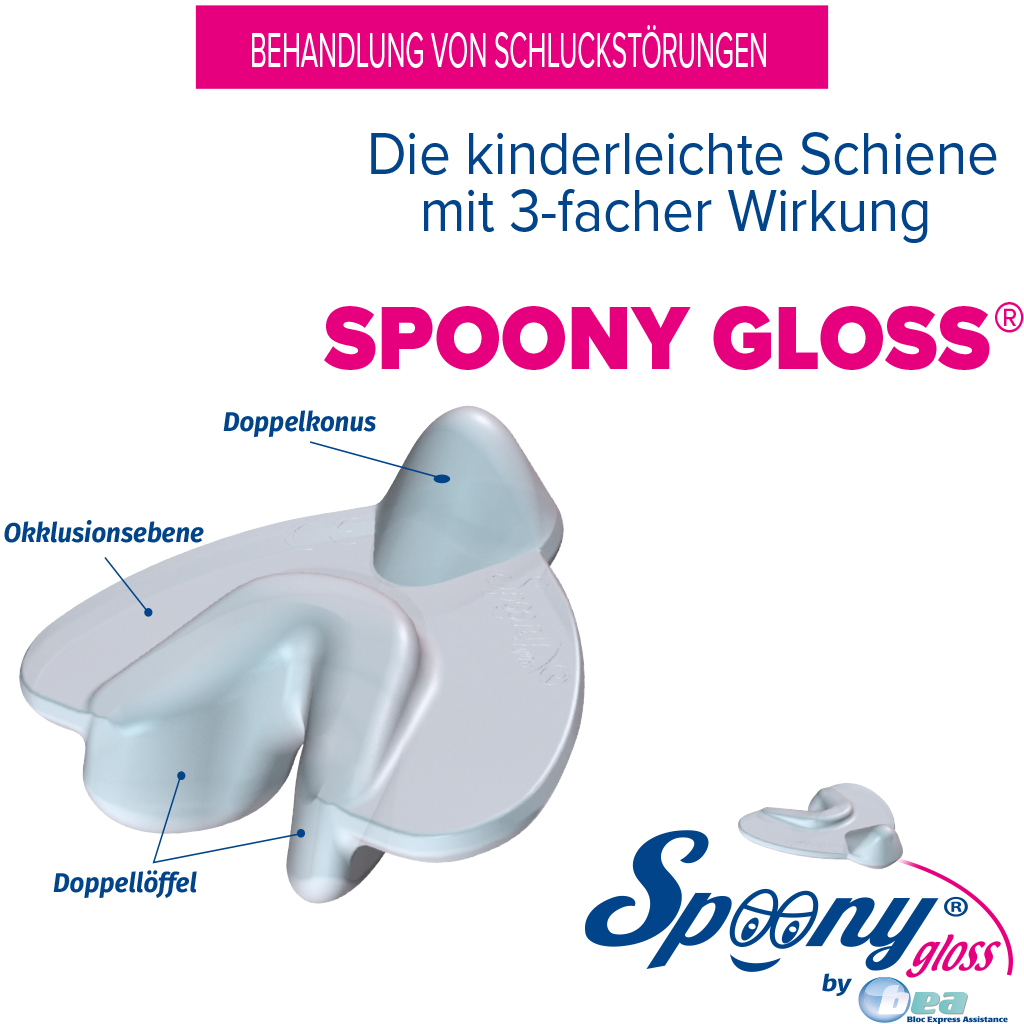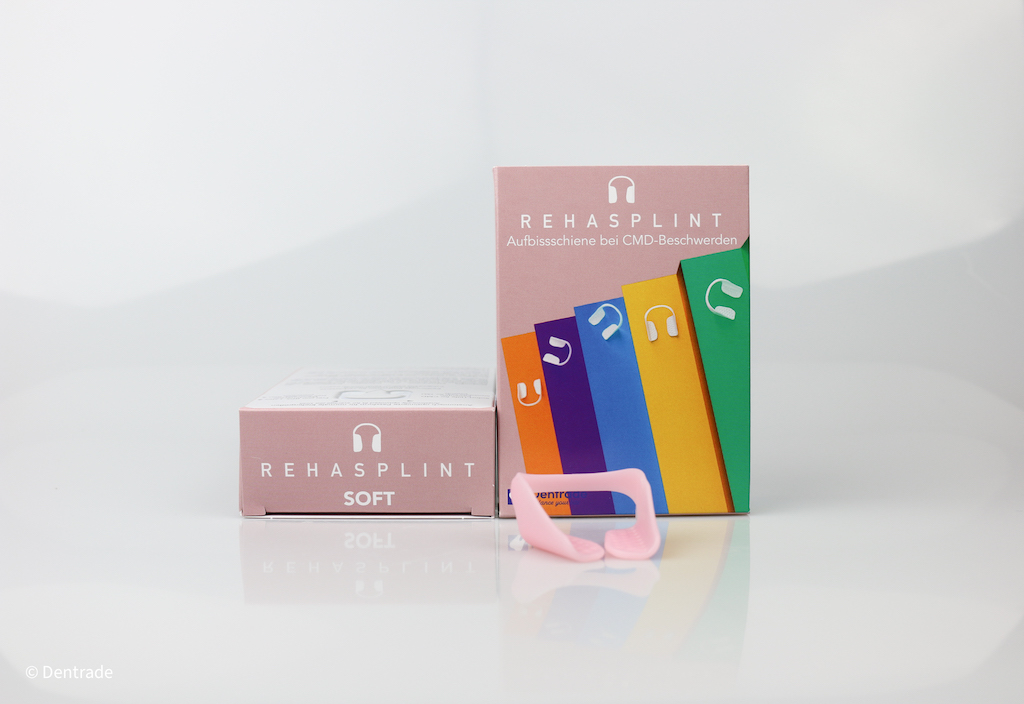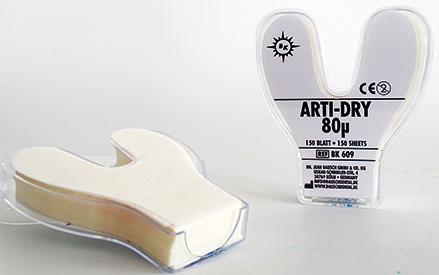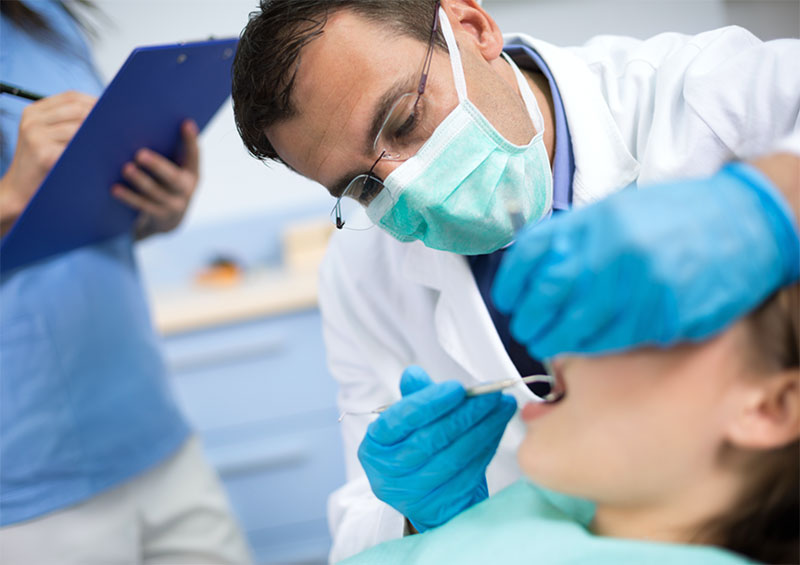
The neuromuscular relaxed position of the mandible
TMD - Therapy with occlusal splints
The neuromuscular system in the area of the head reacts extremely sensitive to environmental influences. Orthodontic treatments, simple restorative procedures, such as fillings, crowns and bridges influence the alignment of the teeth. The RehaSplint creates a neuromuscularly controlled mandibular position excluding any occlusal interference. The mandible is automatically guided into a balanced, muscle-controlled position. Masticatory forces as well as axial displacements in the mandible are compensated.
Your advantages as a dentist or any other medical practitioner with Dentrade
Access to all CMD products
Attractive discounts
International shipping
Cooperation with leading TMD experts
Register now and enjoy our benefits>
Register by phone or online
Select item
Choose from different payment options
Worldwide satisfied patients
Register by phone or online
Select item
Choose from different payment options
Worldwide satisfied patients
The Aqualizer can be worn both at night and during the day. The RehaSplint is taken out of the packaging and bent into jaw shape. The RehaSplint is most comfortable to wear in the upper jaw and is placed behind the upper lip. The pads should now be located between the upper and lower jaw. Due to the anatomically adapted shape, the splint is held with the help of the cheek and lip muscles and the slight bite. The RehaSplint cannot be swallowed accidentally. The RehaSplint must not be used if the swallowing reflex is impaired.
The RehaSplint cannot be compared to a splint custom-made by a dentist. As a temporary splint, it is primarily used as a relaxation splint to loosen up the chewing muscles. In contrast to a fixed customized splint with corresponding guidance, the patient is able to move his lower jaw completely freely. The RehaSplint adapts to the patient's anatomical conditions.
The period of usage varies individually. A period of 3 month is considered average. Longer periods are also possible.
Do you work in medicine? Benefit from our exclusive offers for professionals
Benefit from over 30 years of experience and innovation in TMD research
Join Now
